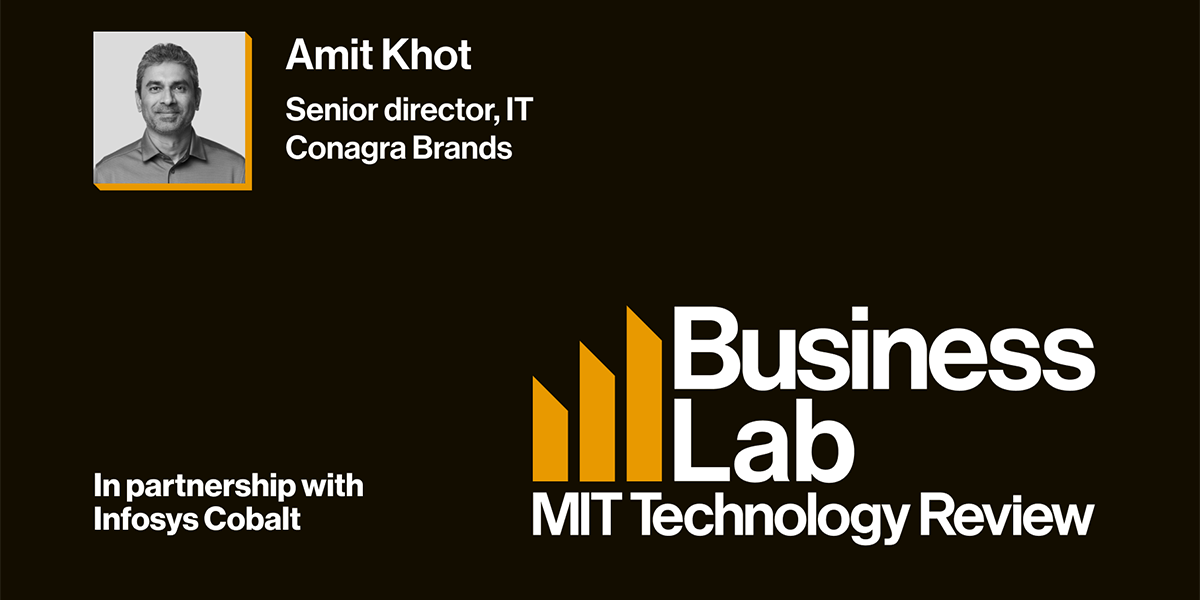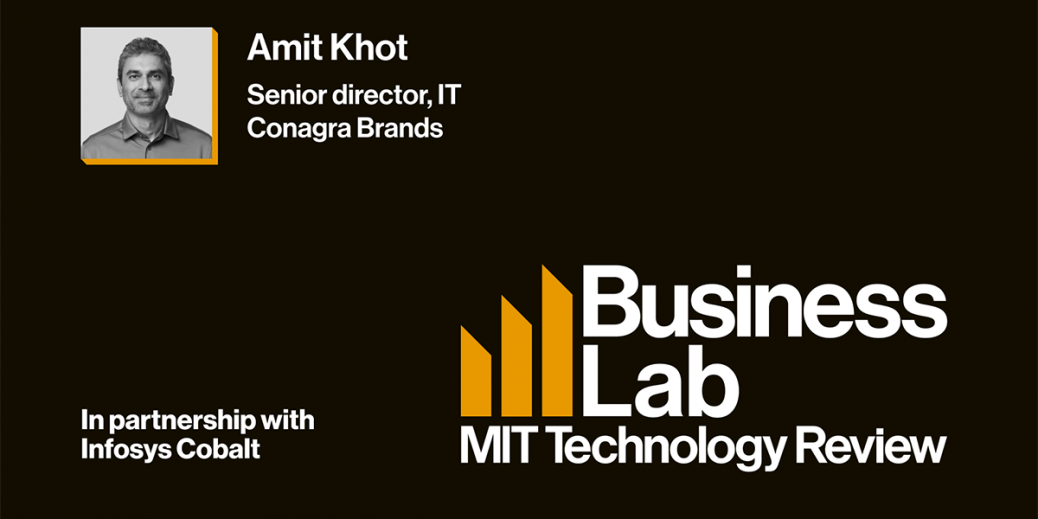
Laurel: That’s a great point about the partnership with Infosys, and in general, how you actually bring the data and predictive analytics to your capabilities because you do have so much data coming in from fifty different brands, countless vendors, all those customers. How can this be maximized to gain those insights?
Amit: Yeah, that’s a great question. And just as you said, many brands and countless business partners and customers. We generate terabytes of data every year, and that data typically lies in our four walls. I mean, just in our ERPs and our business warehouse systems. And based upon that data, I think most of the industries like us have gotten really good at doing traditional analytics. Traditional analytics is equal to, how are our financials looking? What is the performance of a certain brand depending upon the historical data? And so on and so forth. I mean, that is the traditional analytics that we have gotten really good at. What becomes important now that you have gotten good traditional analytics is, what do you not know yet? What are those gems within your existing data that you have not taken advantage of?
Some of these newer technologies and platforms, what they have started helping us do, and probably they’ll keep on helping us do, is being able to glean into our data and start pointing to what is it that we are not looking at. I mean, what we know is always great, but those unknowns that we have not actually gleaned into is what some of these technologies that are coming forward are going to be able to help us look at. That’s one aspect of the world.
Now, the second aspect of the world is, as I said, the data exists just within our four walls. But as I said before, that social media data, that point of sale data, the data that doesn’t exist within our four walls, I think that has a different kind of insight and power.
Now, think about the fact that you are able to mash up the data which is from these external sources and the data that you have inside, and then think about some of the data that you generate just because you have consumers that are calling into your consumer affairs division. You take all this data mashed up together, and I think you can create analytics that we were never able to produce before. And I think that is a power of what we get from just mashing all this data, and matching all this data together, and we can maximize a lot of insights.
And then once you have that mashup happen, I think the predictions are different. In the sense that many times our existing forecasting solutions typically are very much dependent upon historical data to be able to do predictions on our supply and demand. They’re doing predictions like that. However, with the external data being mastered, I think it goes beyond that. I think it also starts giving us an insight into what the consumers are thinking, what the customers are thinking, how their tastes and choices are changing. I think that is the next forefront for us from a predictability perspective. And I think that the new technologies and platforms are going to help us do that yet better.
Laurel: So this is a good point. We have this data and you need to make some really great decisions from it, but you also need to really assess those analytics, make predictions in the future, but also make sure your entire systems are running correctly end to end. How, then, can cloud applications coupled with this need and progress of your digital transformation journey help with a tactic like mergers and acquisitions that you mentioned earlier was part of your career? How has that specifically been one of those things that helps the company actually create efficiencies and really see technology as a partner?
Amit: Yeah, absolutely. That’s a great question. One of the key reasons for acquisitions is that we can actually take advantage of the synergies that we can get. This is almost one plus one equal to three. That’s number one. Number two is, then on top of the synergies, the innovation pipeline, let’s say, the acquired company has and the experience that we have. When you combine those two together, I think we can create innovation at scale.






Recent Comments